
Dynasty of the Five Clans
By Storybird

29 Aug, 2023
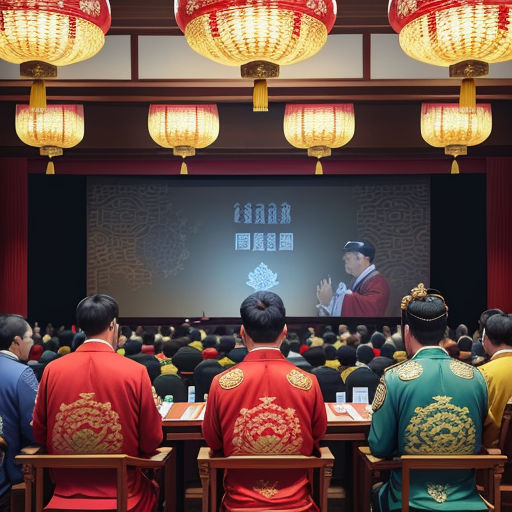
The Sui-Tang era marked a time of profound social intricacy in China, where the influence and prestige of noble families were paramount. From this period, five families rose above the rest, claiming excellent repute and high regard within society. They were known as the Five Clans, namely; the Li Clan of Longxi, the Li Clan of Zhaojun, the Cui Clan of Boling, the Cui Clan of Qinghe, the Lu Clan of Fanyang, the Zheng Clan of Xingyang, and the Wang Clan of Taiyuan.
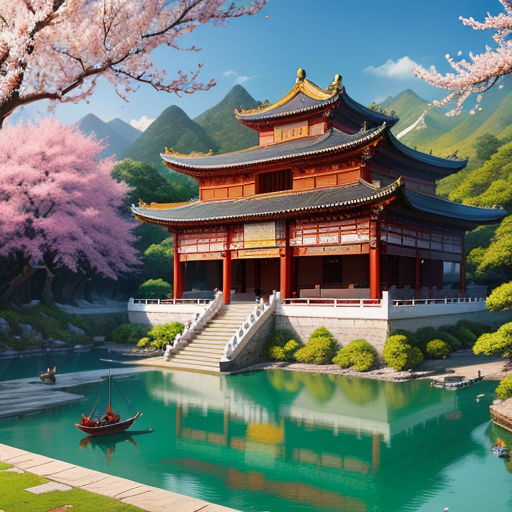
The families earned their stature through generations of service in government, strategic marital alliances, and the cultivation of a distinct heritage and family culture. They were the pillars of society, the paragons of their era. The two families that shone the brightest were the Li Clan of Longxi and the Li Clan of Zhaojun.
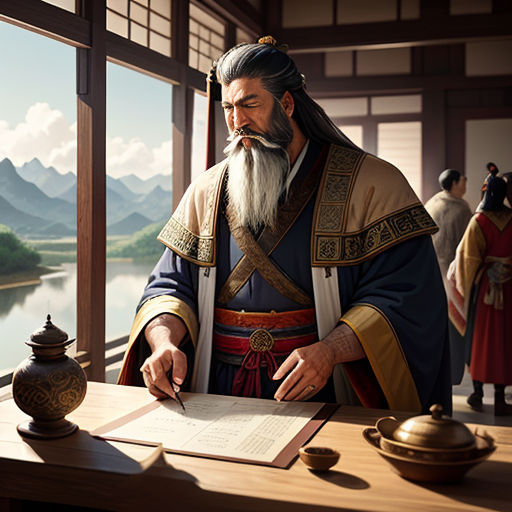
The Li Clan of Longxi traced its lineage to a time when the world was young, back to the progeny of Zhuanxu. This ancient lineage carried legendary anecdotes within the family, such as the inheritance from Laozi, the founder of Taoism, who happened to bear the surname Li.
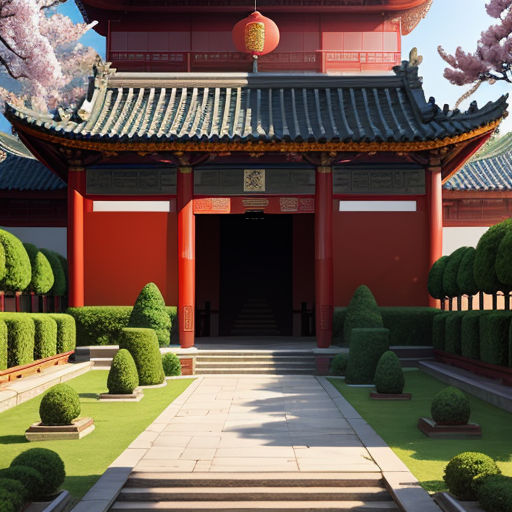
The Li Clan of Zhaojun held equal prestige and recognition. The North Wei Dynasty recognized this clan as one of the eight great surnames. Their prominence matched the stature of the Li Clan of Longxi, the Cui Clan of Qinghe, the Lu Clan of Fanyang, the Zheng Clan of Xingyang, and the Wang Clan of Taiyuan—altogether forming the Five Great Clans.
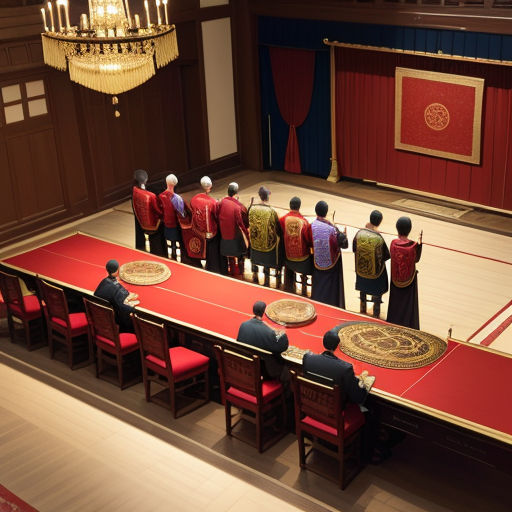
Rising among these magnates were two other prominent families: the Cui Clan of Boling and the Cui Clan of Qinghe. During the Northern Wei Dynasty, the Cui Clan of Boling began its ascent, producing numerous prime ministers and officials in the Tang Dynasty.
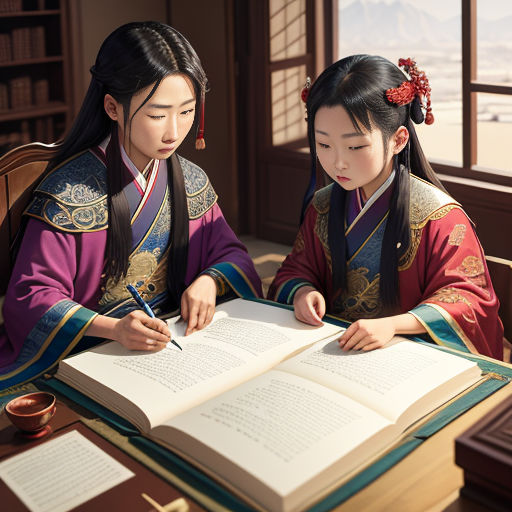
The Cui Clan of Qinghe also enjoyed the same prominence during the Northern Wei period. Its members achieved significant accomplishments in politics, culture, and arts. Thus, strengthening their standing in society and expanding their already significant influence.

The Lu Clan of Fanyang was yet another powerful family. Their members held esteemed positions in various society sectors, from politics and culture to economics, indicating their adaptability and versatility.
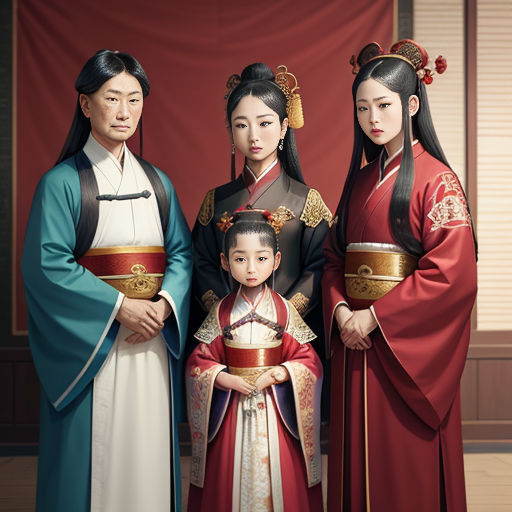
The Zheng Clan of Xingyang and the Wang Clan of Taiyuan were also crucial families of the time. Their eminence, power, and influence were undeniable and contributed significantly to the societal makeup during the Sui-Tang era.
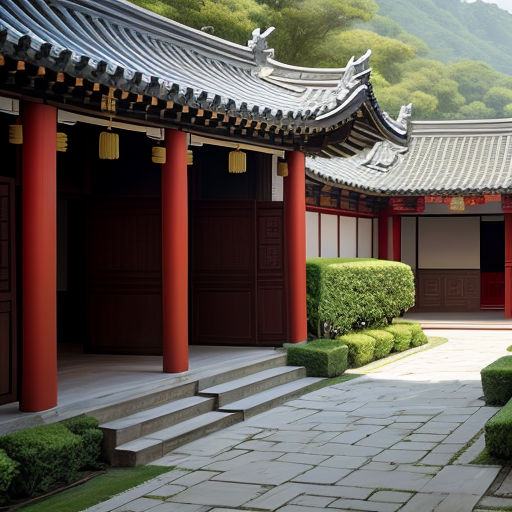
These clans upheld unique family traditions and cultures passed down through generations, emphasizing cultural inheritance and family principles. They focused on nurturing their members' character and refinement, ensuring a legacy of honor and nobility.

Concurrently, they were also attentive to their social status and reputation, continuously striving for higher government positions and societal standing. These families' members left a profound legacy in politics, economics, and culture, effectively shaping the society of their era.
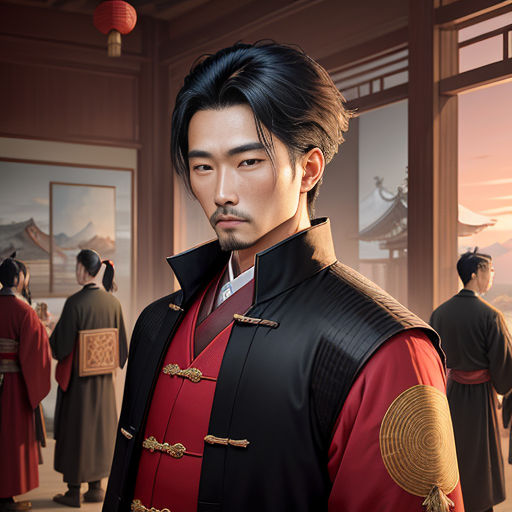
As the years passed, the influence of these families naturally waxed and waned, with some reaching their zenith during the Tang Dynasty. Notably, the Longxi Li Clan spawned its first emperor, consolidating their power and prestige further.

Meanwhile, the Li Clan of Zhaojun continued to maintain its prominence. Likewise, the Cui Clan of Boling and the Cui Clan of Qinghe held steadfast in their prominence, contributing officials and ministers to the court throughout the Tang Dynasty.

The Lu Clan of Fanyang and the Zheng Clan of Xingyang stood out as key contributors to the progress of culture, economics, and politics during this period. They were instrumental in shaping the landscape of the Tang society, further solidifying their importance among the Five Clans.
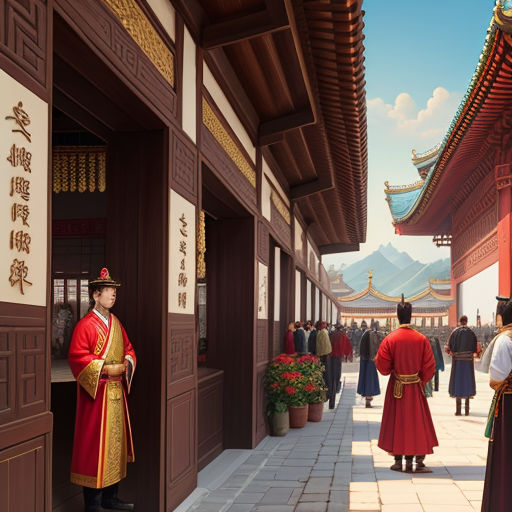
Not to be forgotten, the Wang Clan of Taiyuan continued to assert its influence in the societal hierarchy. This period of the Tang Dynasty, enriched by the splendid accomplishments of these powerful families, stands as a testament to the prowess of these legacies.
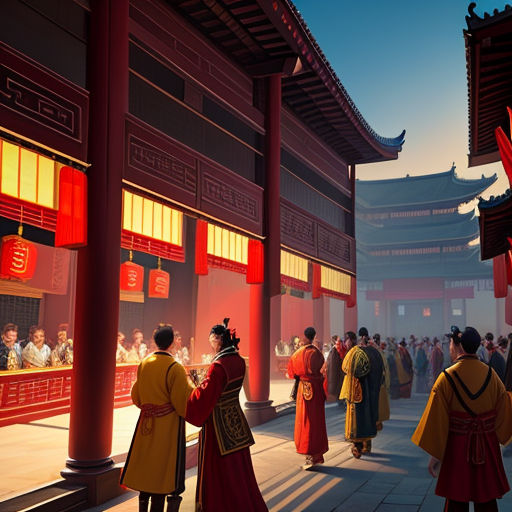
With such noble lineage and illustrious accomplishments, these families naturally became the cornerstone of societal expectations and standards. They were the epitome of high culture and social privilege, their exploits and achievements echoing throughout the dynasty.
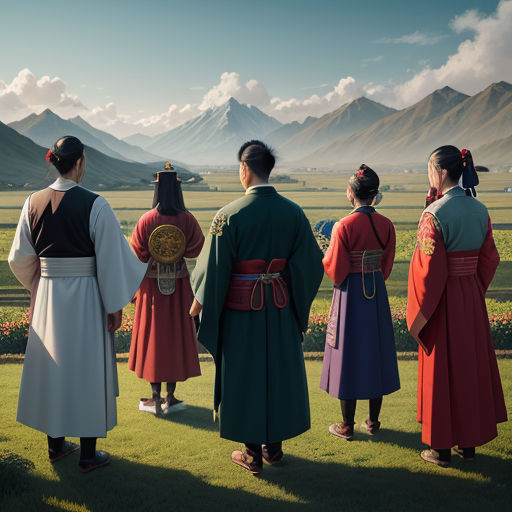
Each family strived to uphold their family values and preserve their unique cultural heritage. They produced virtuous and morally upright members who were groomed to serve the empire, adding to their families' prestige in the process.
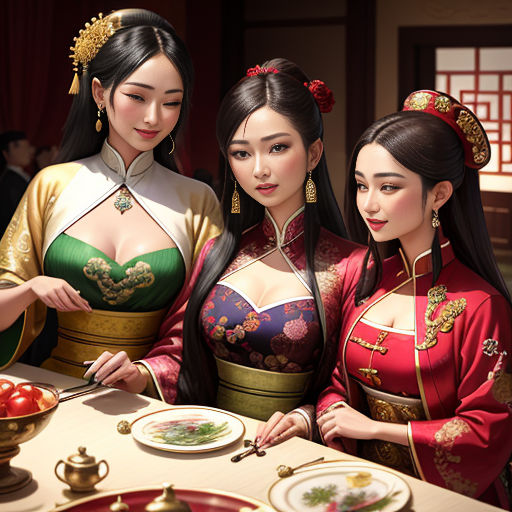
Simultaneously, they were mindful of their societal standing, always pursuing higher official roles and more influence. Each success, every achievement was a testament to the family's greatness, a diamond added to a crown already heavy with jewels.

They ensured that their influence resonated through the corridors of power, shaping policies, swaying decisions, and leaving an indelible mark on society's fabric. The decisions and actions of these families played a significant role in determining the trajectory of the empire.
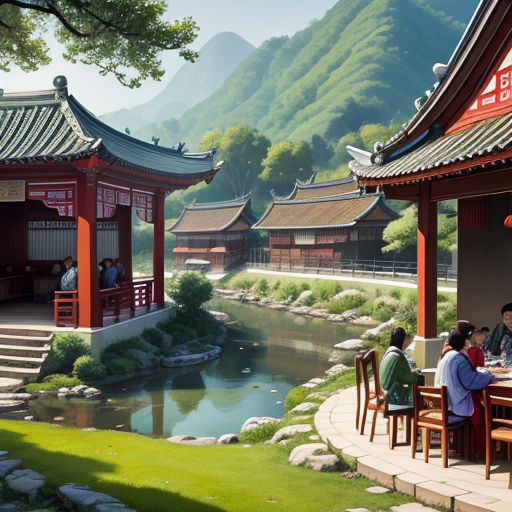
However, it wasn't just power and prestige these families pursued. They were also patrons of art, culture, and learning. The courts of these families often nurtured great poets, artists, and scholars of their time, promoting a thriving cultural scene.
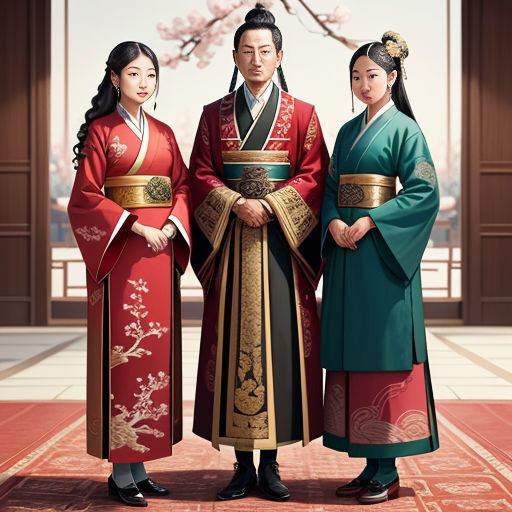
These families' contributions to their respective fields were not merely for their own gain or reputation. Rather, they sought to contribute to the prosperity and stability of the empire, their service rooted in a deep sense of responsibility and pride towards the dynasty.

Thus, the Sui-Tang era bore witness to a time of immense grandeur, colored by the influence of these noble families. Their stories spun the narrative of the empire, their actions shaped the course of history, and their legacies continued to echo in the annals of time.
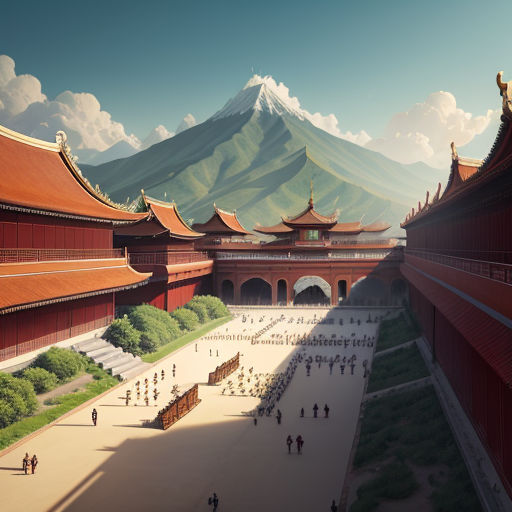
The Five Clans' influence, though most pronounced during this era, didn't entirely vanish thereafter. Their descendants continued to serve the empire in various capacities, helping to uphold the family's traditional values and reputation, and ensuring the continued vitality of their legacies.
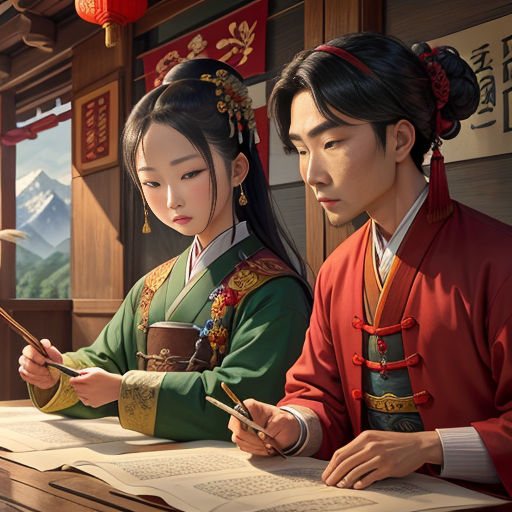
The tales of these families' rise and fall, their pursuits of honor, power, and legacy, have been passed down through generations. Their histories remain a rich testament to China's cultural heritage and societal structure, a vibrant painting of a bygone era.

The story of the Five Clans of the Sui-Tang era is not simply a tale of power and prestige. It is an epic narrative of resilience, foresight, and the intricate interplay of familial, societal, and national interests. It is a tale of human nature etched into the canvas of history.

From this period, we are reminded of how societal structures and the actions of a select few can significantly influence history. Their stories offer valuable insights into the human condition and the quest for power, honor, and legacy – a narrative that continues to shape human society even today.